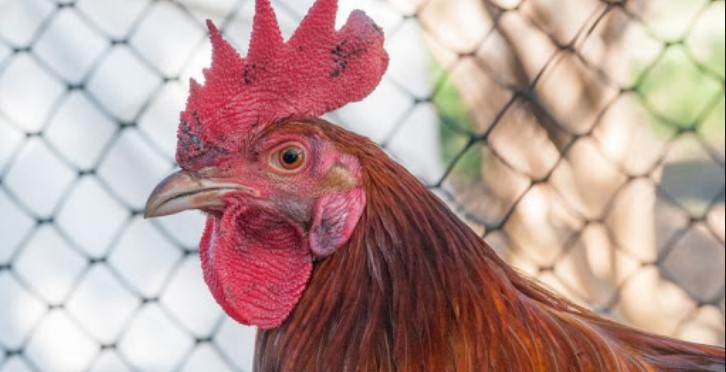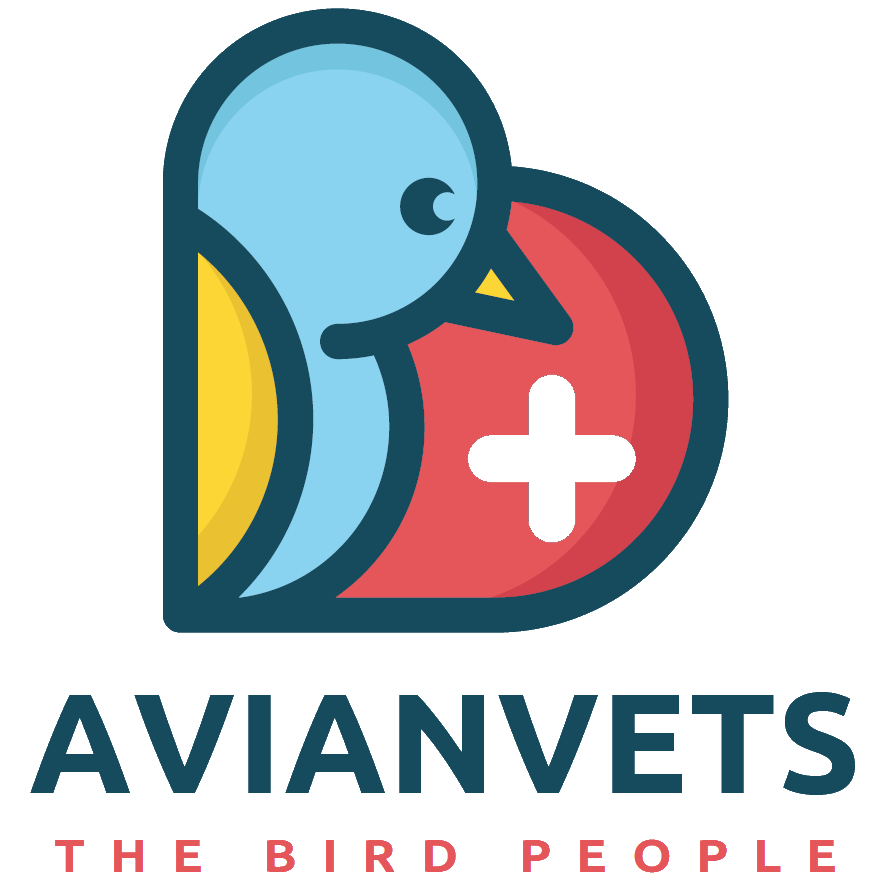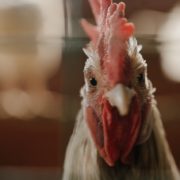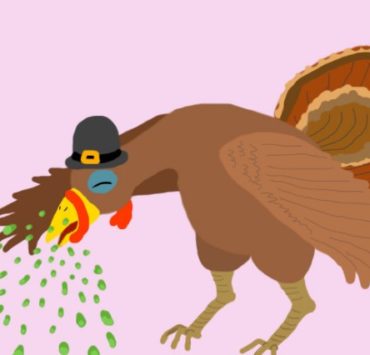
Fowl pox is a highly-contagious, slow-spreading viral disease that affects all forms of commercial and domestic poultry, as well as dozens of other bird species.
It’s important to mention right off the bat that fowl pox has no relation to the human chickenpox virus. Transmission occurs from bird-to-bird and not bird-to-humans.
The disease can infect a bird at any stage of its life and isn’t usually fatal unless its respiratory system is severely affected.
What exactly is fowl pox in chickens and turkeys? What causes it? How can you tell if your birds have it? Is it curable? Here’s everything you need to know about the disease.
Causes of Fowl Pox
Fowl pox, which is also referred to as Sorehead, Avian pox, Avian Diphtheria, and Chickenpox, is caused by a pox virus that targets avian DNA. There are around six closely-related viruses that specifically affect different bird species.
Although inter-species fowl pox virus transmission is rare, there are cases where cross-infection can occur.
How Is Fowl Pox Transmitted?
Infection occurs through the respiratory system when a bird inhales airborne particles that contain the virus, as well as through skin bites, cuts, abrasions, or ingestion of infected scabs.
Even mosquitoes harboring the virus can transmit it to birds when they feed on their blood. The progression of the disease is quite slow and may take between three and five weeks before a bird begins to show any signs of infection.
Fowl Pox Signs and Symptoms
There are generally two types of fowl pox. The first is Dry fowl pox. This affects the bird’s skin and is characterized by wart-like skin lesions on the face, eyelids, comb, wattles, and other non-feathered areas. The lesions then progress into large, thick, yellow bumps before finally becoming dark-colored scabs.
The second type is Wet fowl pox, characterized by plaques in the eyes, mouth, throat, and upper respiratory tract of the bird. Unlike the Dry form of the disease, severe cases of Wet fowl pox can be life-threatening.
Keep in mind that chickens and turkeys are prone to pecking injuries on their wattles and combs. These can often be mistaken for the early stages of the infection. To rule this out, here are some additional fowl pox symptoms to look out for to know for sure if your birds have the disease.
- Decreased egg production
- Labored breathing in Wet fowl pox cases
- Lesions inside the mouth and throat
- Loss of thirst and appetite
- Weight loss
These symptoms usually persist for several weeks at a time. If that’s the case, you’ll know your poultry birds are infected.
How to Treat Fowl Pox
You know that annoying acquaintance you hope never returns to your home after that first visit? That’s what fowl pox in turkeys and chicken is like.
Once birds contract it, they’ll never suffer from another case of the disease in their lifetime. It’s a lot like chickenpox in humans in that regard. There are, however, some isolated cases where fowl pox infects the same bird more than once, but the condition is never as severe as it was the first time.
Currently, there’s no fowl pox treatment for infected birds. There are, however, comfort and preventative measures you can take to provide some relief for infected birds. These may also prevent them from getting secondary opportunistic infections brought about by the lesions.

To reiterate, this is in no way a fowl pox cure for your poultry. Here are a few things you can do.
- Administer tetracycline antibiotics for three days to the infected birds to help keep secondary infections at bay
- Add vitamin supplements to their drinking water to boost their immunity
- Dilute iodine solution in water and use it to clean the scabs
- Mix the sulfur powder in an ointment or petroleum jelly like Vaseline and apply it to the scabs to soften them
- Sanitize the drinking water by adding a diluted iodine solution to it (1% per gallon of water) until the outbreak subsides
- Don’t change their usual diet as this may shock their digestive system and make them more susceptible to opportunistic infections
These measures will go a long way in preventing the disease from spreading, as well as provide some comfort and relief to the affected birds.
Whenever possible, ensure they’re outside for fresh air and sunshine. This not only helps them breathe better, but the sunshine also feels good on their lesions.
Once they’re cured, be sure to change all the bedding in the coop to get rid of all traces of infected scabs that may be present. Change their drinking water daily and remove any unnecessary standing water to minimize mosquito populations.
Prevention of Fowl Pox
Although there’s no cure for the disease, it is preventable. Administering a fowl pox vaccine to your chickens and turkeys in their infancy stages results in permanent immunity against the virus. Once they’re vaccinated, they’ll never develop the disease even when exposed to infected birds.
The fowl pox vaccination schedule requires pin-prick inoculation into the wing-web of healthy eight-week-old poultry or thigh-prick inoculation in chickens and turkeys older than eight weeks with no previous infection.
Make sure that you don’t hit any large blood vessels, muscles, or bones during the vaccination procedure. Get a bird vet near me to help you if this is your first attempt.
To check if the vaccine worked, examine the inoculation site six to eight days after administering the drug. If you see a nodular lesion or scab and/or swelling at the site, then you know it “took.” This should disappear after about two weeks.
If no lesion or swelling occurs, it might point to improper vaccination techniques or that the bird in question was already immune before it was administered.
Management, Healing, and Prevention
All in all, managing a fowl pox outbreak boils down to exercising excellent hygiene and husbandry practices, vigilance, and preventative measures to limit the spread of the disease and minimize the risk of mortality. When all is said and done, prevention through vaccination is always the best way to protect your flock against the disease.
For more information on bird health, use our online Vet Chat to talk to any of our qualified avian veterinarians today.




